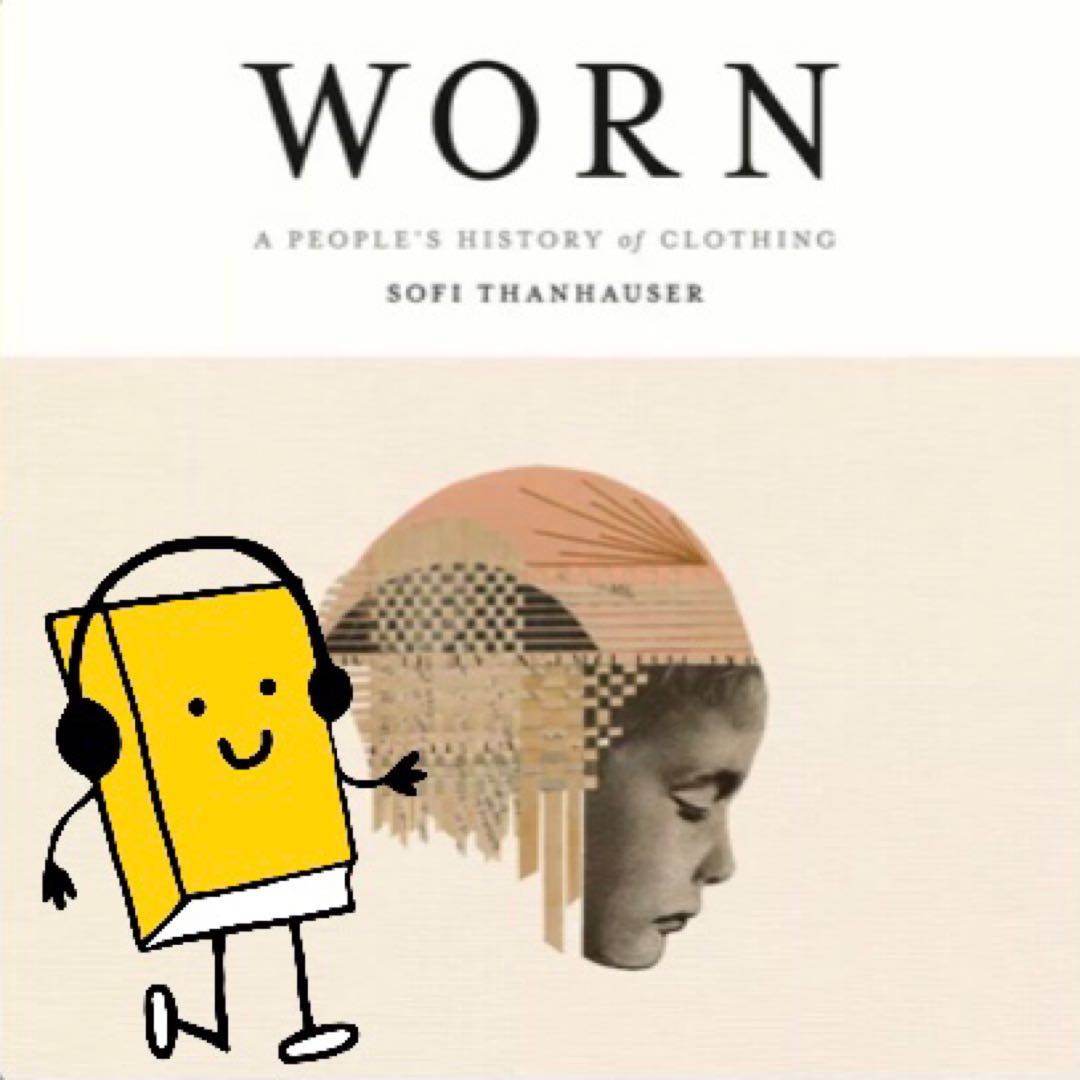
An incredible work. Thanhauser writes with passion and clarity, and particularly grabbed me in her method of organizing the subject matter. Moving from Linen to Cotton to Synthetics to Wool, the author moves through the historical record of fibre, fabric, and clothing production with a focus on the humans affected by various developments in this field. 1/?























































Thanhauser addresses a number of key events I was previously familiar with, but also introduced me to a number of realities that had me newly appalled. 4mo
4mo